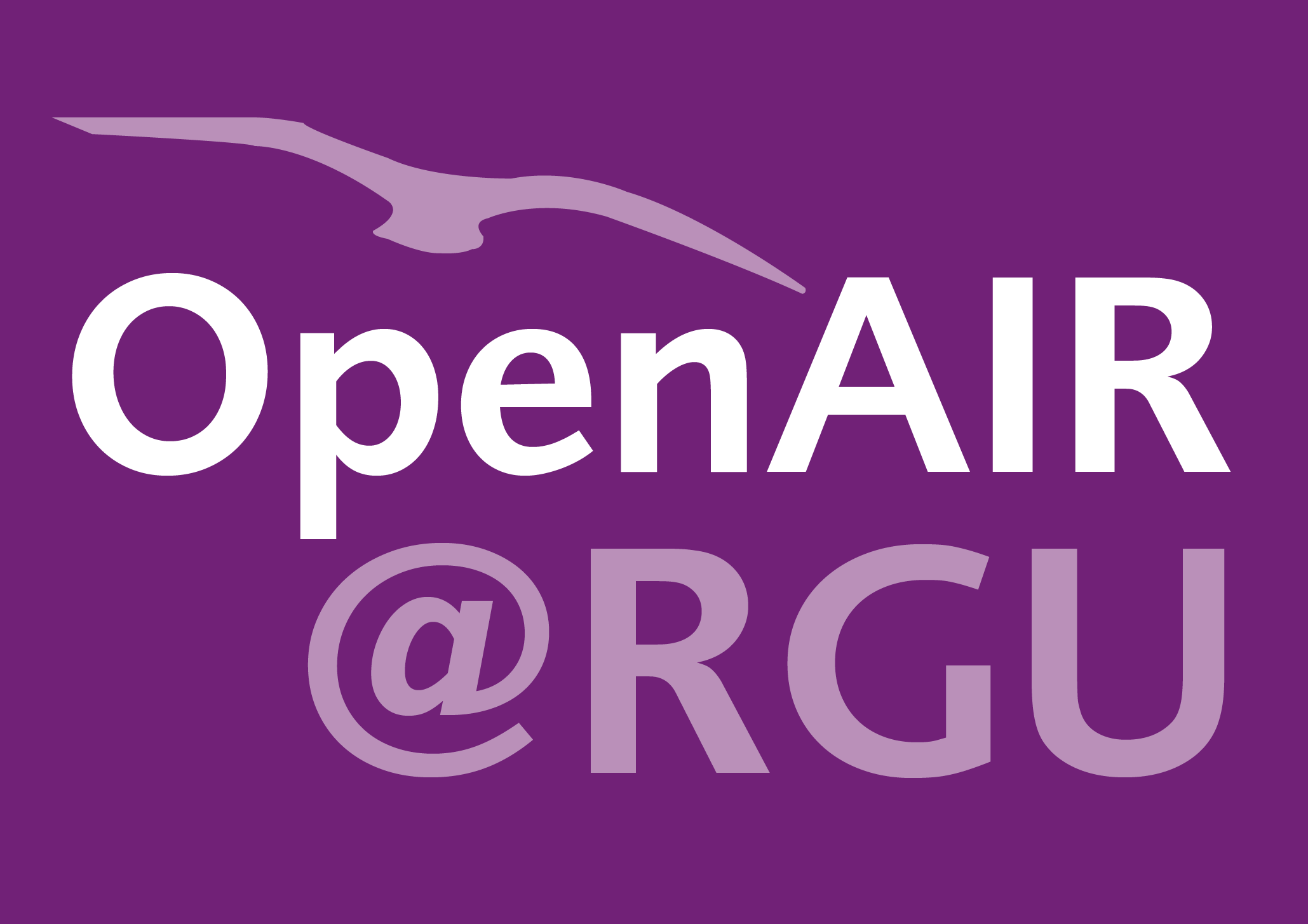Ranjeetkumar Gupta
Data Collector
Optimising crystallisation during rapid prototyping of Fe3O4-PA6 polymer nanocomposite component. [Dataset]
Contributors
Professor James Njuguna j.njuguna@rgu.ac.uk
Data Collector
Dr Ketan Pancholi k.pancholi2@rgu.ac.uk
Data Collector
Abstract
This paper discusses the effect of the catalyst and the activator concentrations on the properties of polymerised PA6-PMC containing 1 wt% uncoated MNPs. The focus herein is to tune the degree of crystallinity of the prepared PA6-PMC for the optimum response in the rapid manufacturing process. The study is divided into three parts for studying the (i) catalyst variation, (ii) activator variation and (iii) both catalyst and activator variation simultaneously. Based on the comparison of the results of these variation studies, an optimum catalyst and activator proportion is proposed to be employed for the rapid prototyping method of composite part manufacturing.
Citation
GUPTA, R., NJUGUNA, J. and PANCHOLI, K. 2022. Optimising crystallisation during rapid prototyping of Fe3O4-PA6 polymer nanocomposite component. [Dataset]. Journal of composites science [online], 6(3), article 83. Available from: https://www.mdpi.com/2504-477X/6/3/83/s1
| Acceptance Date | Mar 1, 2022 |
|---|---|
| Online Publication Date | Mar 7, 2022 |
| Publication Date | Mar 31, 2022 |
| Deposit Date | Mar 10, 2022 |
| Publicly Available Date | Mar 10, 2022 |
| Publisher | MDPI |
| Keywords | Degree of crystallinity; Polyamide-6; Rapid prototyping; Nanocomposite; Self-healing |
| Public URL | https://rgu-repository.worktribe.com/output/1615987 |
| Publisher URL | https://www.mdpi.com/2504-477X/6/3/83/s1 |
| Related Public URLs | https://rgu-repository.worktribe.com/output/1615854 |
| Type of Data | Supplementary figure and five tables. |
| Collection Date | Jan 27, 2022 |
| Collection Method | Firstly, 30 g of CL was melted at 60˚C and MNPs were introduced into the melted monomer to prepare a 1 wt% iron oxide suspension. Subsequently, the iron oxide suspension was sonicated at 20 kHz for 30 min to ensure effective dispersion of the MNPs. Afterwards, the temperature was raised to 150 ˚C and EtMgBr was added in varying concentrations under an inert gas atmosphere. To complete the polymerisation, the required amount of NACL was added at 160 ˚C. The mixture was then left for polymerisation. Finally, the PMC samples were thoroughly washed with deionised water (18 MW cm) at 100 ˚C to remove any unreacted monomer, activator and catalyst. A total of three PMC samples for each catalyst/activator concentration were prepared for the study. |
Files
GUPTA 2022 Optimising crystallisation (LINK ONLY)
(1 Kb)
Other
Publisher Licence URL
https://creativecommons.org/licenses/by/4.0/
You might also like
Tuneable magnetic nanocomposites for remote self-healing.
(2022)
Journal Article
Downloadable Citations
About OpenAIR@RGU
Administrator e-mail: publications@rgu.ac.uk
This application uses the following open-source libraries:
SheetJS Community Edition
Apache License Version 2.0 (http://www.apache.org/licenses/)
PDF.js
Apache License Version 2.0 (http://www.apache.org/licenses/)
Font Awesome
SIL OFL 1.1 (http://scripts.sil.org/OFL)
MIT License (http://opensource.org/licenses/mit-license.html)
CC BY 3.0 ( http://creativecommons.org/licenses/by/3.0/)
Powered by Worktribe © 2025
Advanced Search
